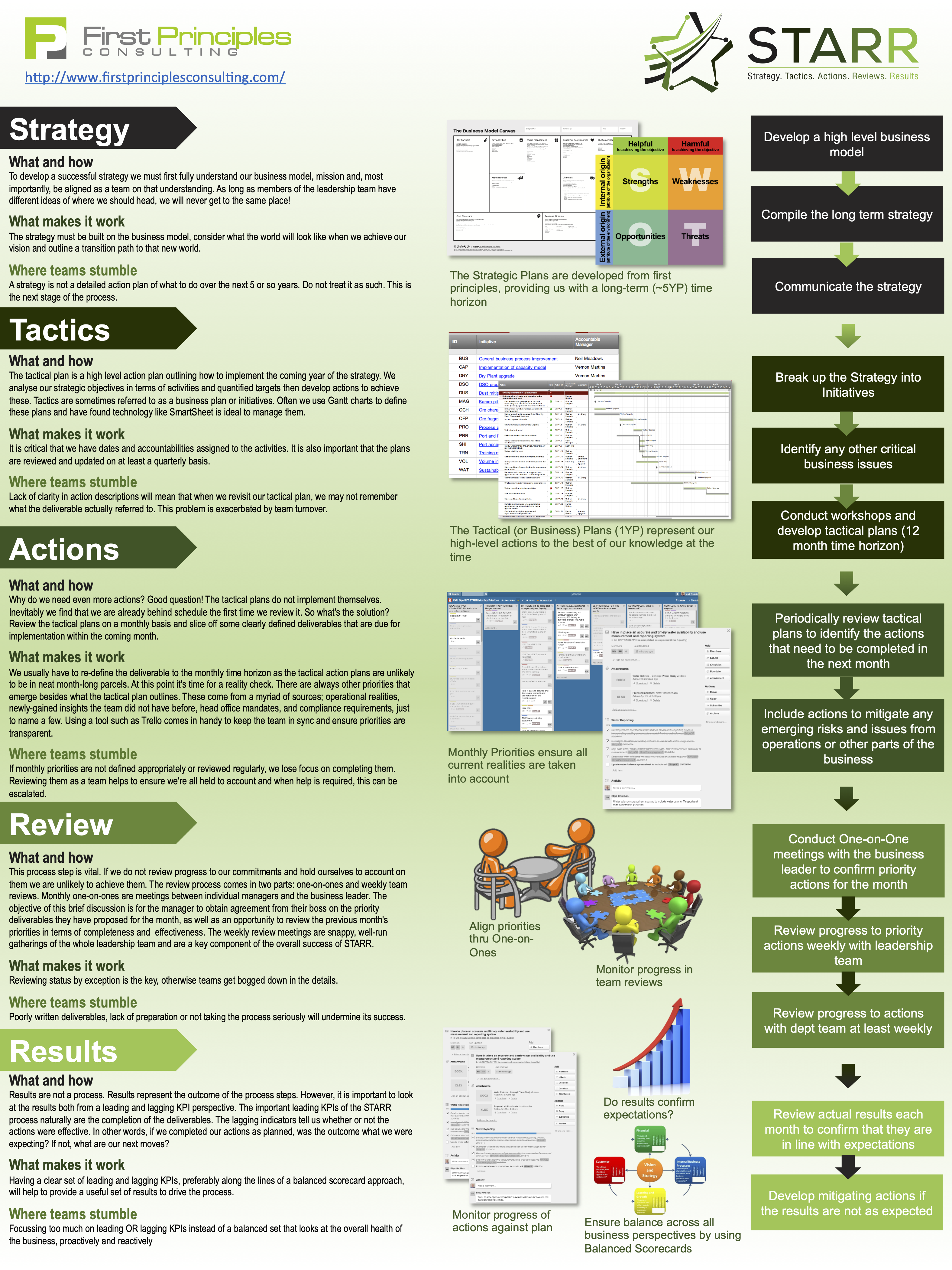Fascinating, isn’t it.
So, why are Chaotic Organisations so much more common than effective organisations?
Mining cops a lot of flak from outsiders, but there is no doubt, it’s a tough gig. Mines have a long and risky runway from inception, resource confirmation, design and construction, operational readiness (if done at all) and eventually the transition from ramp up to steady state. Add to that other aspects such as remoteness, harsh climates, back-to-back rosters, FIFO and long stretches of time away from family and loved ones, and it starts to explain some things.
Interestingly, I have also seen sites that were running quite well at some point and then went backwards later on.
As cost pressures have been mounting over the last 10 or 20 years, site teams have become leaner and there is very little time for them to work on the business because they are all too busy working in the business. And so things improve very slowly – if at all.
But I’m going to say it: from a management perspective, this approach is penny-wise and pound-foolish.
How many people does it take to drive a Formula 1 car? How many people does it take to support that one driver? Some folks need to be tasked with just working on the business.
- The BI/CI team member role is a fantastic career development opportunity; yet, mining companies often treat the role as a ‘departure lounge’ or a sin bin, where under-performers might get a second chance if they’re lucky. Apart from this situation being completely ineffective in every way, it sends a terrible message!
- They do not receive much relevant training, so they are ill-equipped to see the gaps to Best Practice, let alone to know how to close them
- Not everything is a Six Sigma project! Six Sigma is a great methodology but it’s only one tool in the toolbox
- More often than not, BI leaders are positioned too low in the org chart and don’t have a seat at the leadership table, reducing their effectiveness enormously
- From a Superintendent level, getting people to do things differently is a challenge – they are peers
- Where should they fit in the business? Who should they report to? It makes sense to have them report to the GM, but then they have zero control, only influence, because everyone reports to a different HOD – that’s a tough gig!
However, if your mine site(s) are underperforming or at risk of doing so in a dropping commodity price environment (which is always just a matter of time), you will need more of a transformational approach, which, in our experience, a BI/CI department is rarely able to deliver.
Conclusion
- Many mines fail to properly transition from startup to stable operations, resulting in, at best, underdelivering EBITDA or worse, failing to meet guidance
- High commodity prices my be hiding the poor performance
- Recognising that something needs to be done, Business Improvement functions or initiatives are established; these are fail to deliver, due to their positioning in the business and inadequate capability in both recognising the goal, the gap and how to get there
- Effecting change from the inside is very difficult
- Leaders lack the requisite knowledge of their role in change leadership
- Running mine sites well is not simple, but also not rocket science; it starts with a clearly formulated strategy and requires a coordinated balance of leadership, culture, enabling technology and business processes to deliver the strategic intent.






